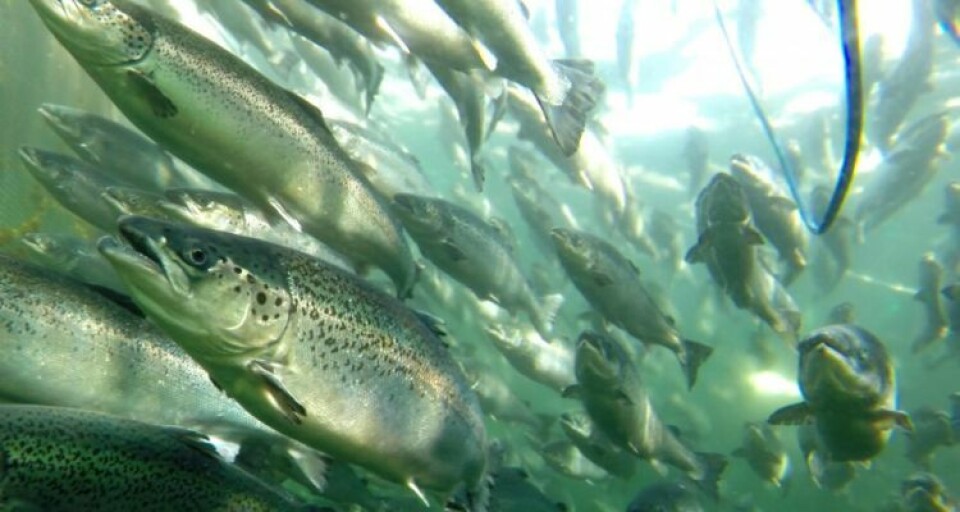
Study: Lice treatments ‘impact carbon absorption’
A Chilean study on the biogeochemical effect of antiparasitics used in the sea concluded that these impact on the absorption of carbon, which has potential consequences for the health of the ecosystem.
Researchers Camila Fernández, Angel Rain-Franco and Claudia Rojas recently presented the study, Potential effect of pesticides currently used in salmon farming on photo and chemoautotrophic carbon uptake in south-central Chile", reports Fish Farming Expert's Chilean sister site, salmonexpert.cl.
"Aquaculture has become an important component of the Chilean economy, especially in the southern region. However, the high density in salmon cages can increase the stress and susceptibility to the parasitic outbreaks of the copepod Caligus rogercresseyi which are treated with different pesticides through baths or medicated feed ", they detail in the study.
'Non-target'microbiota
Pesticides used against sea lice can have potential effects on the "non-target" microbiota and on the structure and functioning of aquatic ecosystems.

The objective of the study was to investigate the response of natural microbial communities to the addition of pesticides used against sea lice, such as azamethiphos, deltamethrin and emamectin benzoate and their possible impact on the fixation of photoautotrophic and chemoautotrophic carbon (dark carbon fixation by marine bacteria) in south central Chile (37 ° S to 42 ° S).
"The addition of pesticides in samples of primary production was related to changes in carbon absorption, which were significant if a single pesticide was applied, mainly emamectin benzoate and azamethiphos," they explained.
In shallow waters of central Chile, the emamectin benzoate produced a 60-90% decrease in both the photo and the chemoautotrophic carbon fixation. Increases in primary in situ production rates were also observed as a result of the addition of azamethiphos in northern Patagonia. Such stimulation, although limited, may be related to the availability of nitrogen and phosphate for phytoplankton requirements.
Fundamental to carbon cycle
On the consequences of changes in microbial carbon uptake, Camila Fernández, researcher at CNRS (France) and associate researcher at the Interdisciplinary Centre for Aquaculture Research (Incar) and Copas Sur Austral, told salmonexpert.cl that the role of the microbial community is fundamental in the carbon cycle.
"The combination of photosynthetic activity and synthetic chemistry (using the sun or other energy sources) ensures the ocean's ability to incorporate CO² from the atmosphere. In the same way this allows the removal of nutrients and controls the amount of organic matter and oxygen available in the water. Therefore, the impacts on carbon fixation have potential consequences for the health of the ecosystem," she explained.
More studies required
Fernández added: "It is necessary to deepen these studies since it is very important to have a better perception of the effect of different pesticides and combinations of these in different situations. But above all we have realised that the effect is associated to the environmental conditions of each study area (for example concentration of nutrients at seasonal level, variations of circulation, etc.). "
"Chile should have a good observation system of the coastal ocean and I think that this study and in general the efforts of centres such as Incar and Copas Sur Austral are going in that direction," said the researcher.























































